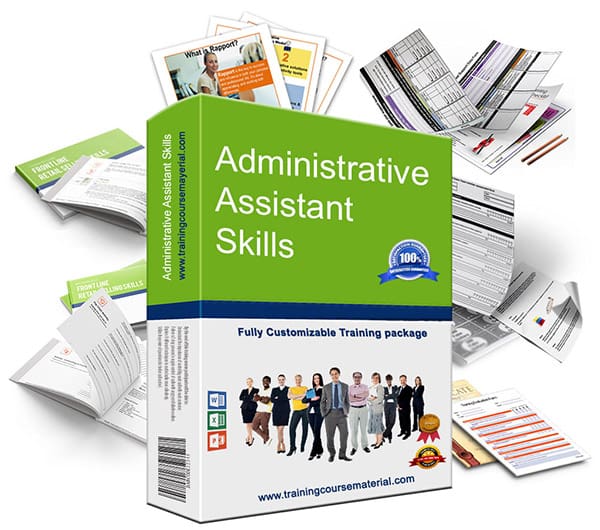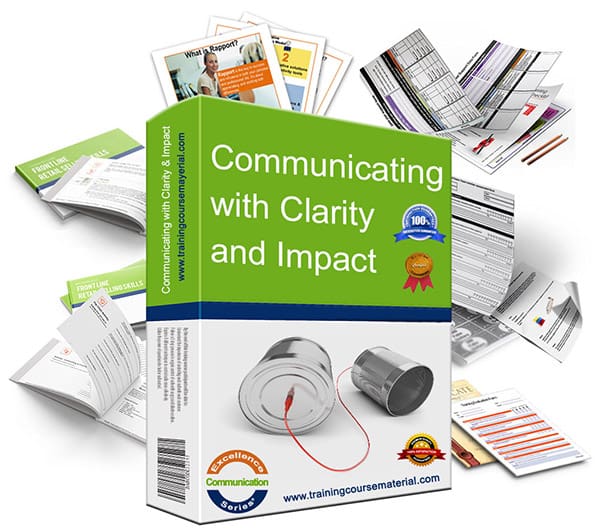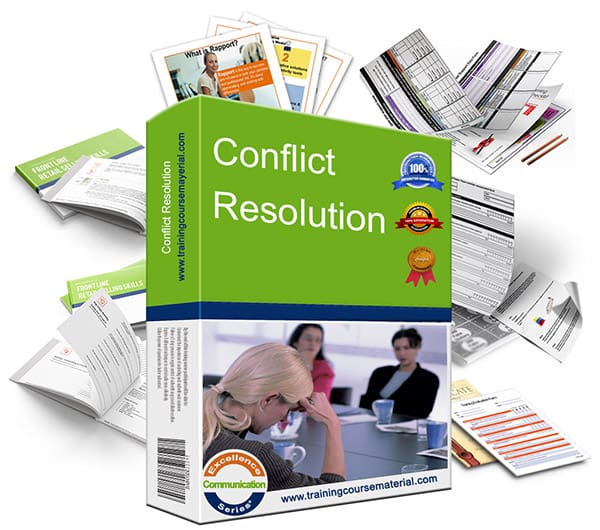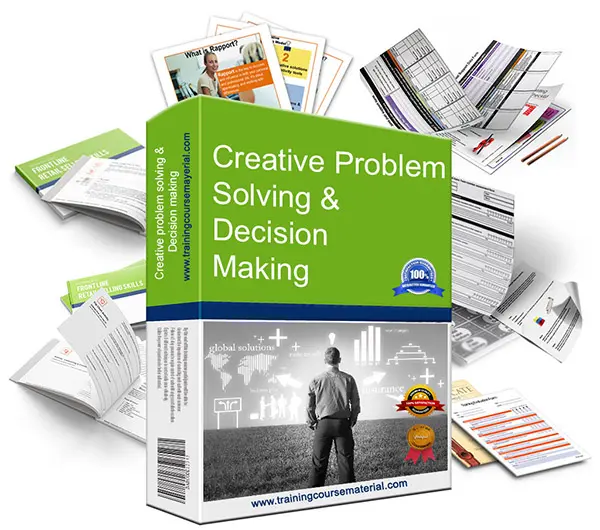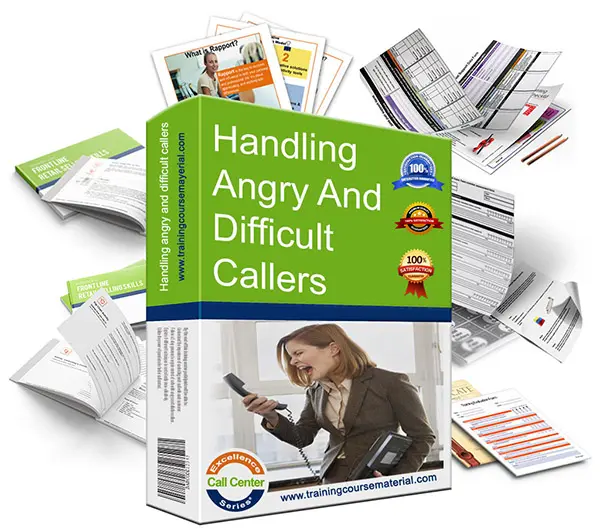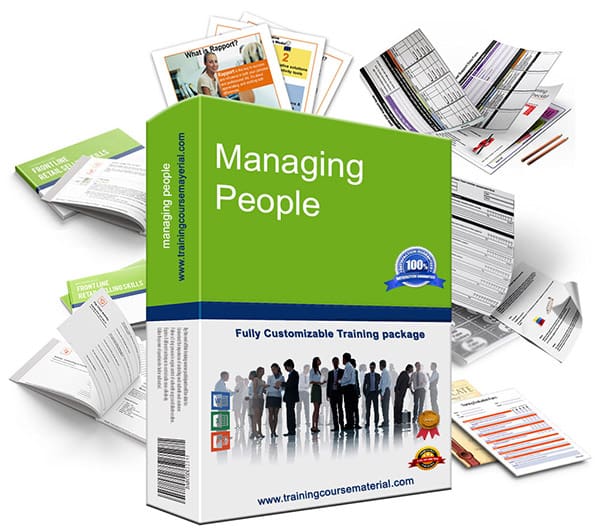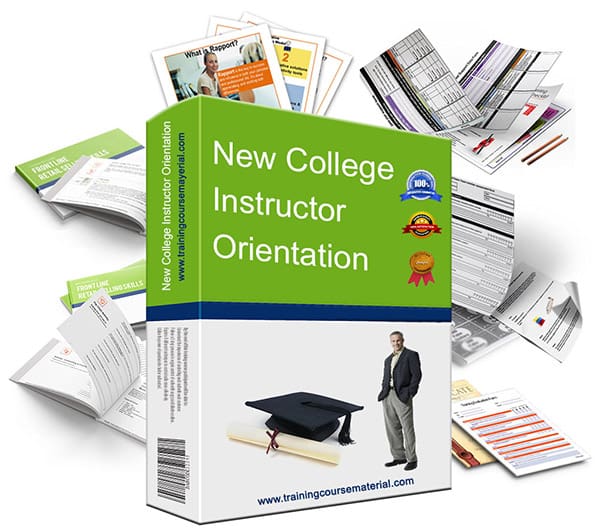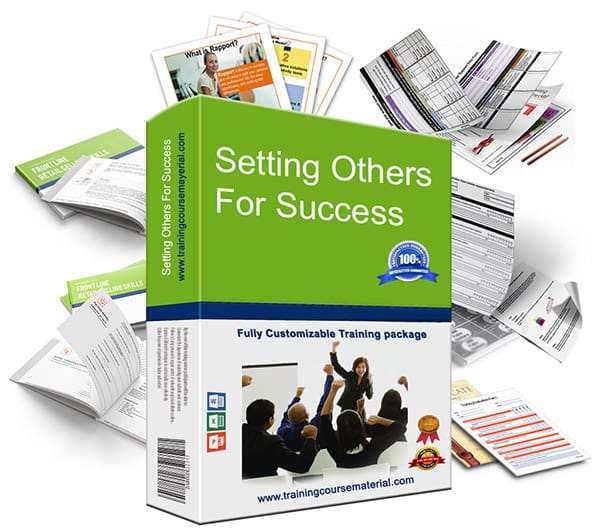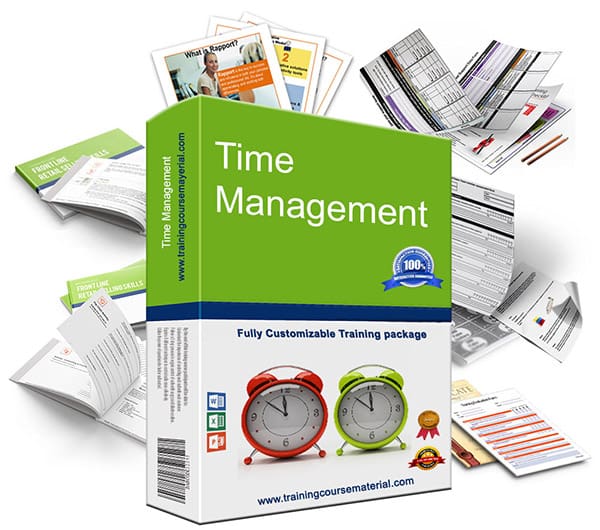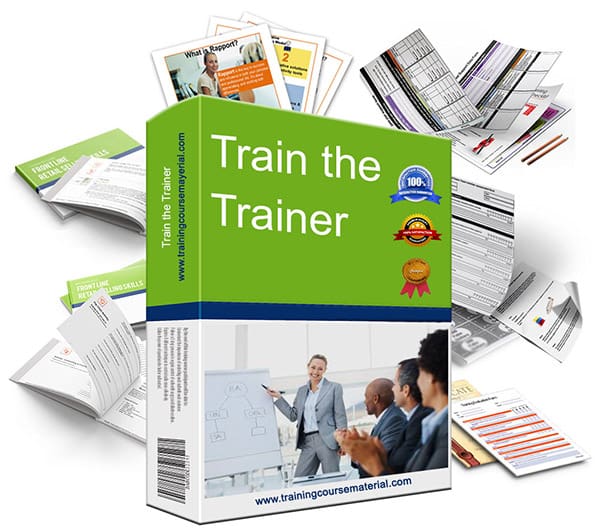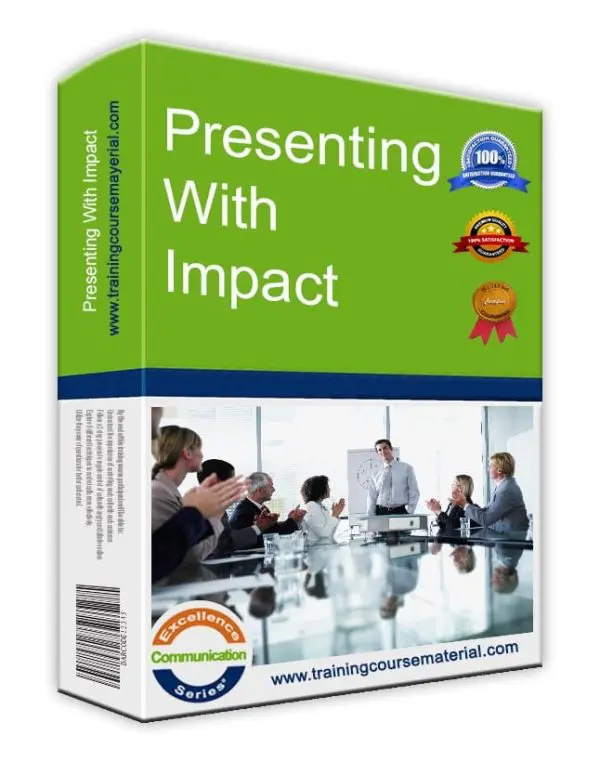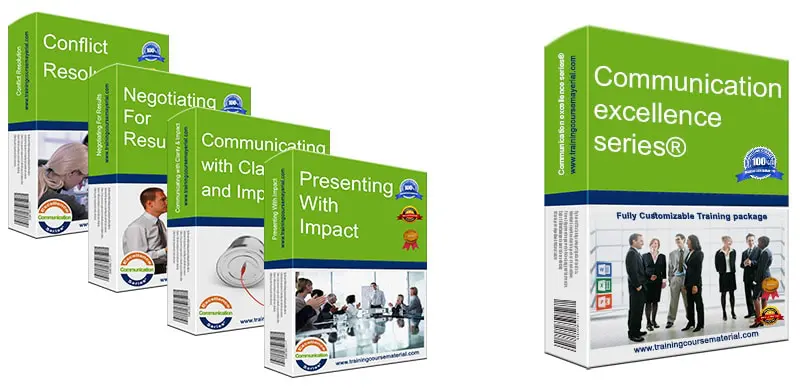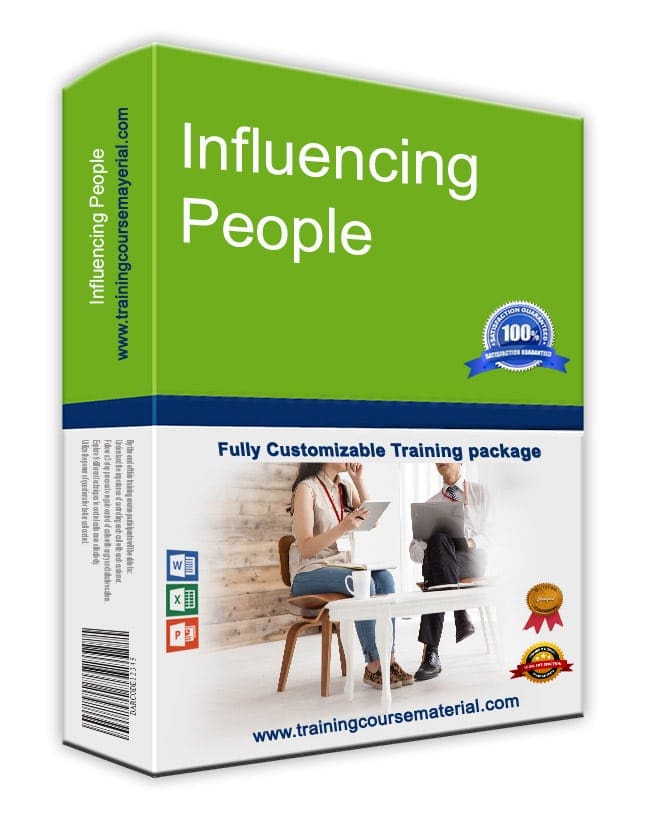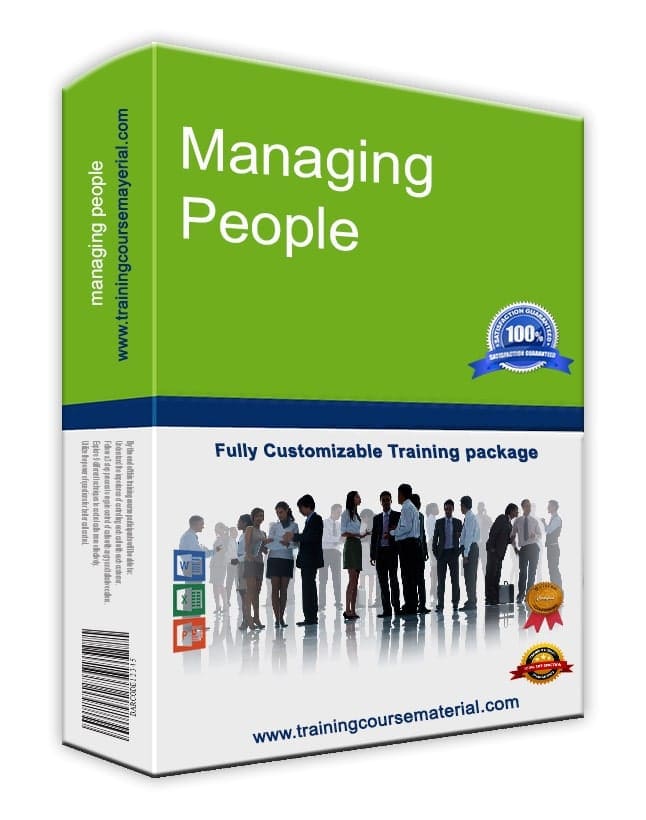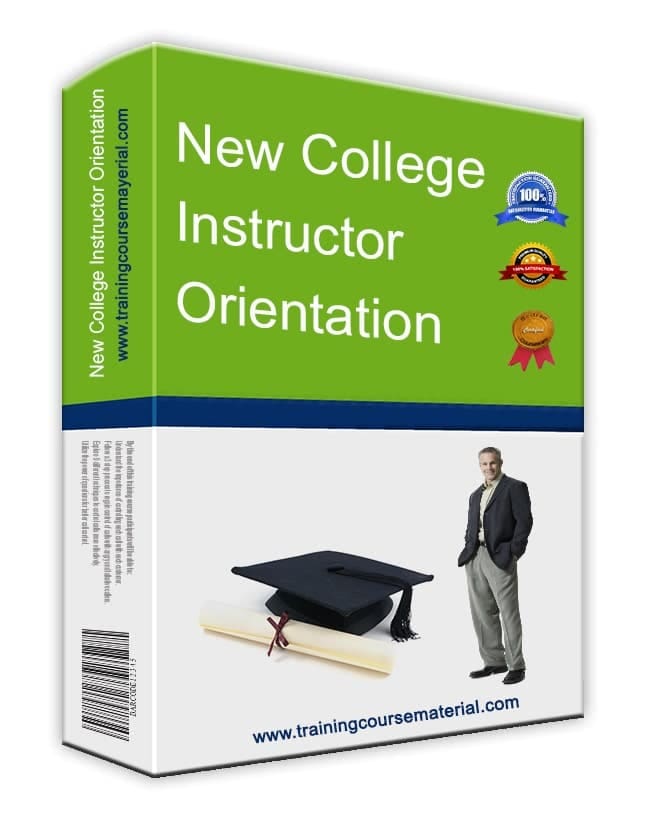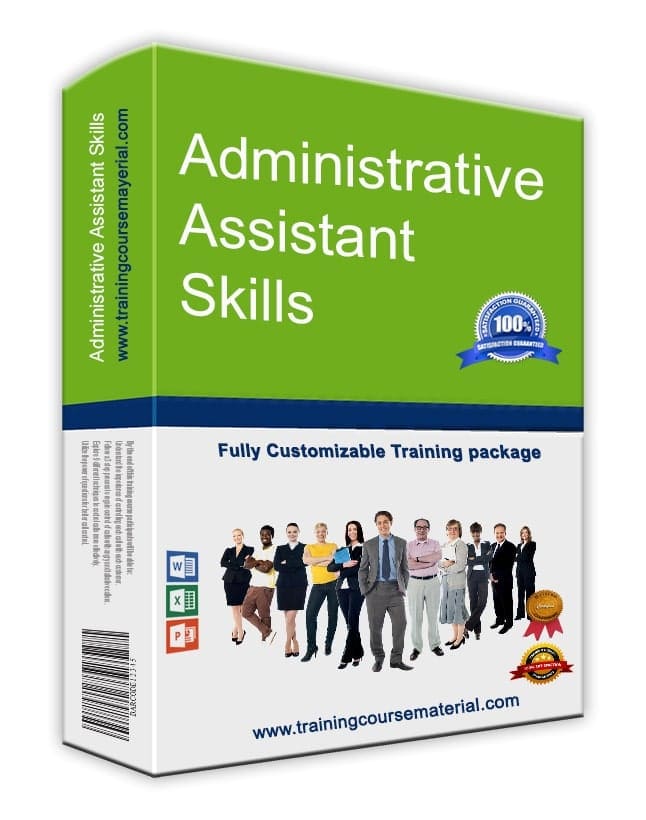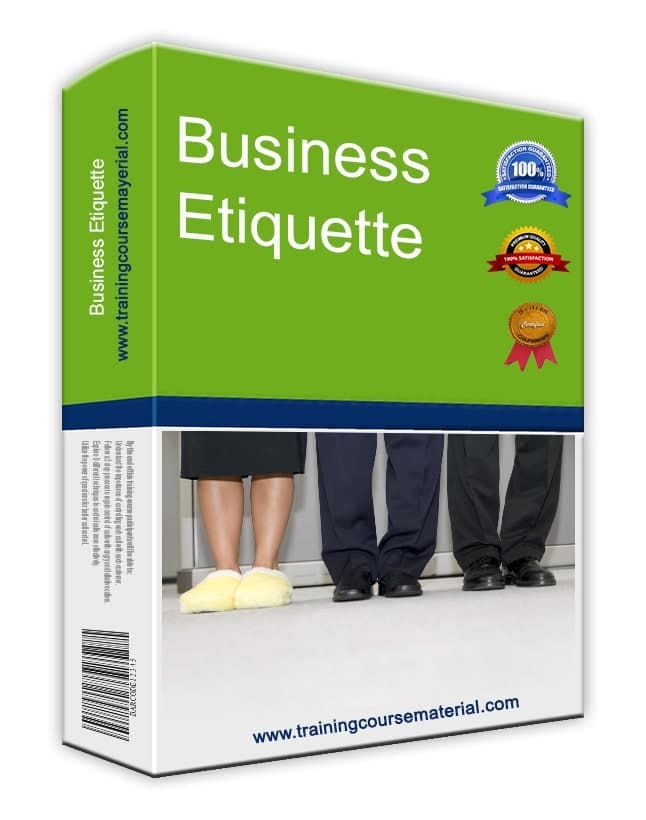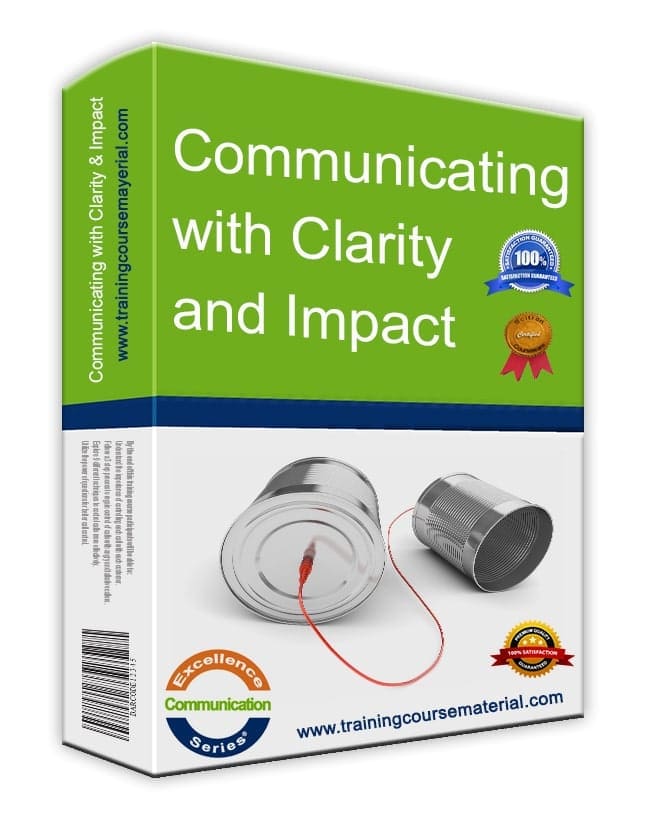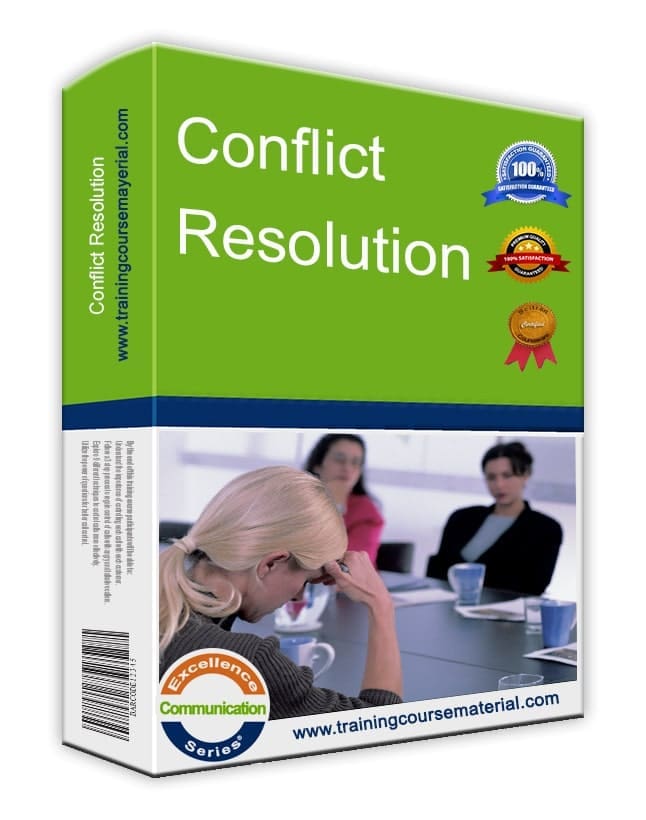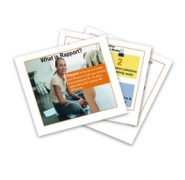Presenting a Potentially Unpopular Decision
Sometimes we can be faced with the task of informing people about a decision which has been made and which we know will be unpopular.The aim should be to inform people about the decision but not get involved in discussing or questioning the decision. This technique is called 'Fogging'. Fogging means that you acknowledge what is said but give no indication of agreeing or disagreeing. Your intention is to get the information across and not to debate it. Debate may come later but only when everyone has the facts.
Part 1
" I can appreciate that you feel strongly about this, however, we are here today to learn about how it will work in practice..
Part 2
And therefore I'd like to move on to talk about..."
Giving Bad News to a Group
Don't beat about the bush and don't attempt to justify. Prepare a crisp, factual statement and deliver it without any preamble.
"I'm here today to tell you that we are making 30 people redundant."
Deal with anger by listening without making any comment. (See ‘Fogging’ above.) Deal with tears by waiting patiently. After the announcement, don’t give any more information until you have all dealt with the emotion. Give people space and time to vent their feelings and empathise and then give them the information you want them to have.
“I can understand that you are very angry about this”.
“I know this has come as a shock to you.”
Unless you empathise, they will not listen to the next bit. When, and only when, they have aired their feelings, is it time to tell them about damage limitation.
“We’ve put in a redundancy package …”
Then involve them in the bit you can involve them in, such as how the rest of the staff are informed. Never make any promise that you know you are not authorised to keep.
Handling Aggressive or Hostile Questioners
General Tactics
• Stay rational
• Show concern/understanding for the point the questioner is making.
• Try to find something you can agree with in what the questioner has said.
Options
• Perhaps ask the questioner to say or elaborate his/er point more, perhapse they may well weaken their own argument in the process.
• Perhaps ask for an example, then you can discuss specifics. This can prevent things getting personal and defuse the situation.
• Perhaps ask a question yourself to clarify your understanding. The questioner may well answer his/her own question or expose some common ground on which you can agree, or weaken his/her own case.
Now
• Answer the question rationally, explaining your point of view. Discuss the issue as specifically as possible.
• Avoid getting involved in subjective/personal/opinion debates of the, ‘Yes it is!’ ‘No it isn’t!’ variety.
• Be assertive and not aggressive.
Things to avoid
• Never argue – avoid confrontation, fog, and as a last resort, ‘agree to disagree’.
• Never flannel – If you don’t know it, admit it.
• Never put a questioner down - always be courteous, never be brusque, sarcastic or rude.
For more presentation skills, check out our "Presenting With Impact" instant download training package.

